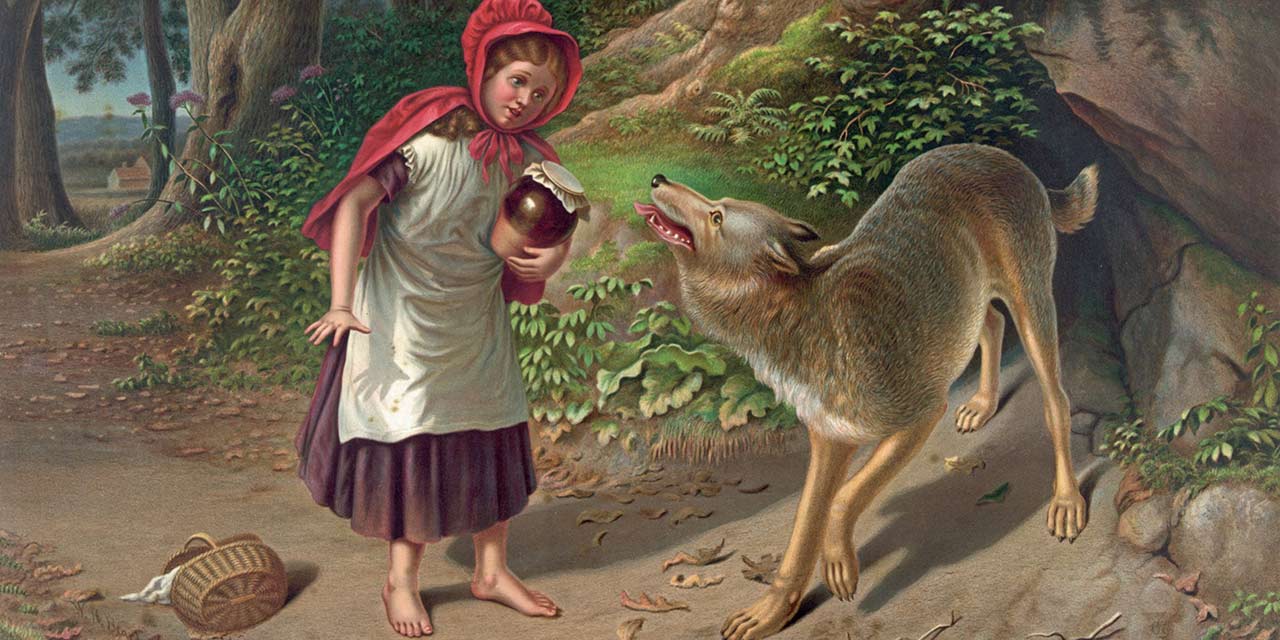The creative writing process is often portrayed in a scary way in popular films as in Spike Jonze’s Adaptation (2002) and Peter Jackson’s King Kong (2005). In Adaptation, Nicolas Cage plays writer Charlie Kaufman struggling to adapt a novel into a screenplay and when he asks a question in a writing seminar hosted by guru Robert McKee, played by Brian Cox, the poor writer gets an unsympathetic, curse-strewn tongue lashing.
Meanwhile, in King Kong, Adrien Brody plays Jack Driscoll, another struggling writer who joins a film crew on a sea journey to unknown lands, but while all the other main characters travel comfortably in cabins above deck, Brody travels below the waterline, relegated to the company of caged animals and his lonely typewriter. No fun.
After seeing these “tortured” portrayals of writers and their process, what undergraduate student would really want to sign up for a creative writing class? To be honest, many undergraduate students end up in a creative writing class because they need to complete a requirement in English and they have no idea what they are signing up for. And even if they do, they all arrive to class with anxiety that can easily block their creativity the entire semester.
As a creative writer, I’ve experienced some of this anxiety myself but also have experienced the positive and rewarding aspects of this discipline. I’ve had the opportunity to work with many wonderful and challenging creative writing teachers while participating in artists’ residencies and programs at the Atlantic Center for the Arts, Voices of Our Nations Arts Foundation, and the University of California-Los Angeles Professional Screenwriting Degree. I admit the creative process is demanding, but we should all have some fun along the way.
Engaging beginning writers
My experiences have driven me to think about how to make my creative writing classroom encouraging and supportive of my beginning writers. In order to relieve creative anxiety, having fun became a key component in my creative writing classes, but often this meant bringing in a lot of materials with me to class: colored paper, crayons, paper plates, old magazines, etc.
This became a challenge in itself and then I was offered the opportunity to produce a book about creative writing using the Top Hat platform. After I completed the book and began using it, I was happy to discover that Top Hat not only had simplified taking attendance in class but also had quickly become a key element in helping me build a class experience for my beginning writers that put them at ease and helped us all have creative fun.
When I started to develop my Top Hat textbook, Creative Writing: Fiction, I found that I could illustrate my chapters with images from classic fairy tales and children’s books that were in the public domain. Looking at these amazing images I felt they could serve as a fun way to introduce my students to the steps of the writing process. For example, Snow White and illustrations of her story became a way to talk about overcoming writer’s block and the Interior Editor. After all, like Snow White in her difficult journey, writers have to deal with obstacles that seem insurmountable.
On the other hand, the story of Pinocchio and the images of his ever-growing nose became a way to introduce my beginning writers to the concept of “creative lying” as a way to explore story ideas. Beauty and the Beast’s image of the famous ballroom dance helped me introduce my students to scene building and dialogue. These classic stories hold a special place in our hearts and after using my Top Hat book this past semester, I saw first hand how they really helped me introduce key steps of the creative writing process in a simple and fun way.
One of my favorite chapters in my Top Hat book is The Path to Our Stories. To illustrate this chapter I used many images from the fairy tale Red Riding Hood. Finding the path from beginning to end requires risk-taking and perseverance and we can all easily get lost along the way. In this chapter I also discuss one of the most difficult steps of the creative writing process, giving and receiving feedback, or peer review. This is the step when beginning writers might feel most uncomfortable. But Red Riding Hood has come to my aid and now helps me to introduce in a fun way how to constructively deal with reviewers who might be making us a little too uncomfortable by behaving like the Big Bad Wolf.
If you would like to know more about using fairy tales and children’s stories to introduce all the steps of the writing process in a fun way, take a look at my Top Hat book, Creative Writing: Fiction.


